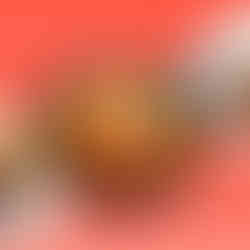Food models were created in the early 20th century when the use of menus wasn't commonplace in Japan. They were first used in casual Japanese dining restaurants to show the customers what menu items were available before menus with color photography were introduced.
Known in Japan as "shokuhin sampuru" (食品サンプル), food models were displayed in an appetizingly appealing way in the windows or at the tables of the restaurants. They showed the customers in detail what they could expect from a food order in a restaurant. Sampuru was also an easy way of communication for restaurant customers who spoke different languages.
Look at sampuru, but don’t eat it.
Today, sampuru has evolved into more of a collectable art form, as nostalgic reminders of time gone by. The masterfully crafted food models are sold as souvenirs, travel keepsakes as well.
Nowadays, you will still see sampuru displays in restaurant windows in the streets of Japan and in the diasporic communities outside Japan, beckoning potential diners into the eateries.
How Are Sampuru Food Models Made?
Sampuru food models are made out of plastic, wax and paint. They masterfully emulate the look, texture and form of the actual real food stuff, ingredients and even full meals. A restaurant soliciting replicas of its menu items will typically freeze their dishes so that sampuru artisan can create a casting mold.
Here is a real fun vide of a 71-year-old Japanese craftsman who has been sculpting fake food for well over five decades. These extremely skillfully crafted food items are looking shockingly real.
If you like to read and learn about the craft of sampuru, please visit this link...













Comments